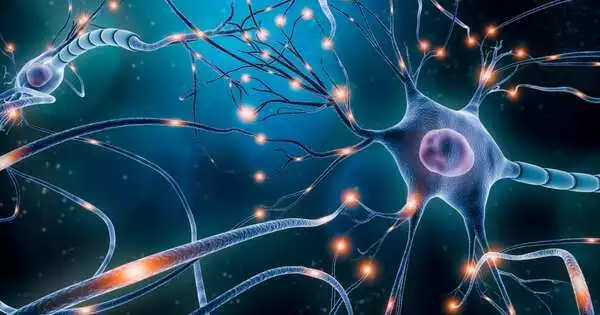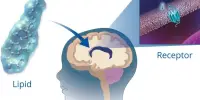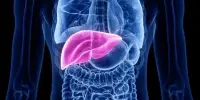Researchers may have discovered a new way to treat chronic migraine by discovering a potential new cellular mechanism for migraines. The study’s senior author, Amynah Pradhan, is an associate professor of psychiatry at the University of Illinois Chicago. The study’s goal was to identify a new mechanism of chronic migraine and propose a cellular pathway for migraine therapies. The study, titled “Neuronal complexity is reduced in preclinical migraine models and restored by HDAC6 inhibition,” was published in eLife.
Pradhan, whose research focuses on the neurobiology of pain and headache, explained that neural plasticity, the dynamic process of routing and rerouting connections among nerve cells, is critical to both the causes and treatments of central nervous system disorders such as depression, chronic pain, and addiction.
The cell’s structure is maintained by its cytoskeleton, which is composed of the protein tubulin. Tubulin is constantly waxing and waning, changing the size and shape of the cell. This dynamic property of the cell allows the nervous system to adapt to its surroundings.
This work suggests that the chronic migraine state may be characterized by decreased neuronal complexity and that restoration of this complexity could be a hallmark of anti-migraine treatments. This work also forms the basis for the development of HDAC6 inhibitors as a novel therapeutic strategy for migraine.
Amynah Pradhan
Tubulin is altered in the body via a chemical process known as acetylation. Tubulin acetylation promotes a flexible, stable cytoskeleton, whereas tubulin deacetylation, which is caused by histone deacetylase 6, or HDAC6, promotes cytoskeletal instability.
According to Pradhan, studies in mouse models indicate that decreased neuronal complexity may be a feature or mechanism of chronic migraine. Tubulin acetylation and cytoskeletal flexibility are restored when HDAC6 is inhibited. According to the study, HDAC6 also reversed the cellular correlates of migraine and relieved migraine-associated pain.
“This work suggests that the chronic migraine state may be characterized by decreased neuronal complexity, and that restoration of this complexity could be a hallmark of anti-migraine treatments. This work also forms the basis for the development of HDAC6 inhibitors as a novel therapeutic strategy for migraine,” the researchers report.

Pradhan said this research reveals a way to possibly reset the brain toward its pre-chronic migraine state.
“Blocking HDAC6 would allow neurons to regain their flexibility, making the brain more receptive to other types of treatment.” According to this model, chronic migraine sufferers may have decreased neuronal flexibility. “If we can restore that complexity, we might be able to break them out of that cycle,” she said.
The brain may become more responsive to pain management therapies once it is free of the cycle of decreased neuronal complexity, according to Pradhan. HDAC6 inhibitors are currently being developed for cancer, and HDCA6 has been identified as a target for other types of pain.
“It opens up the possibility of something we should be looking at on a broader scale,” she explained. “Are these changes indicative of all types of chronic pain states?”
Migraine is a common brain disorder that affects 14% of the world’s population. The current annual cost of migraine in the United States is estimated to be $40 billion. Chronic migraine patients, defined as having more than 15 headache days per month, are a particularly debilitating subset of migraine patients. Migraine treatments are frequently only partially effective or poorly tolerated, necessitating the development of more diverse drug therapies.














